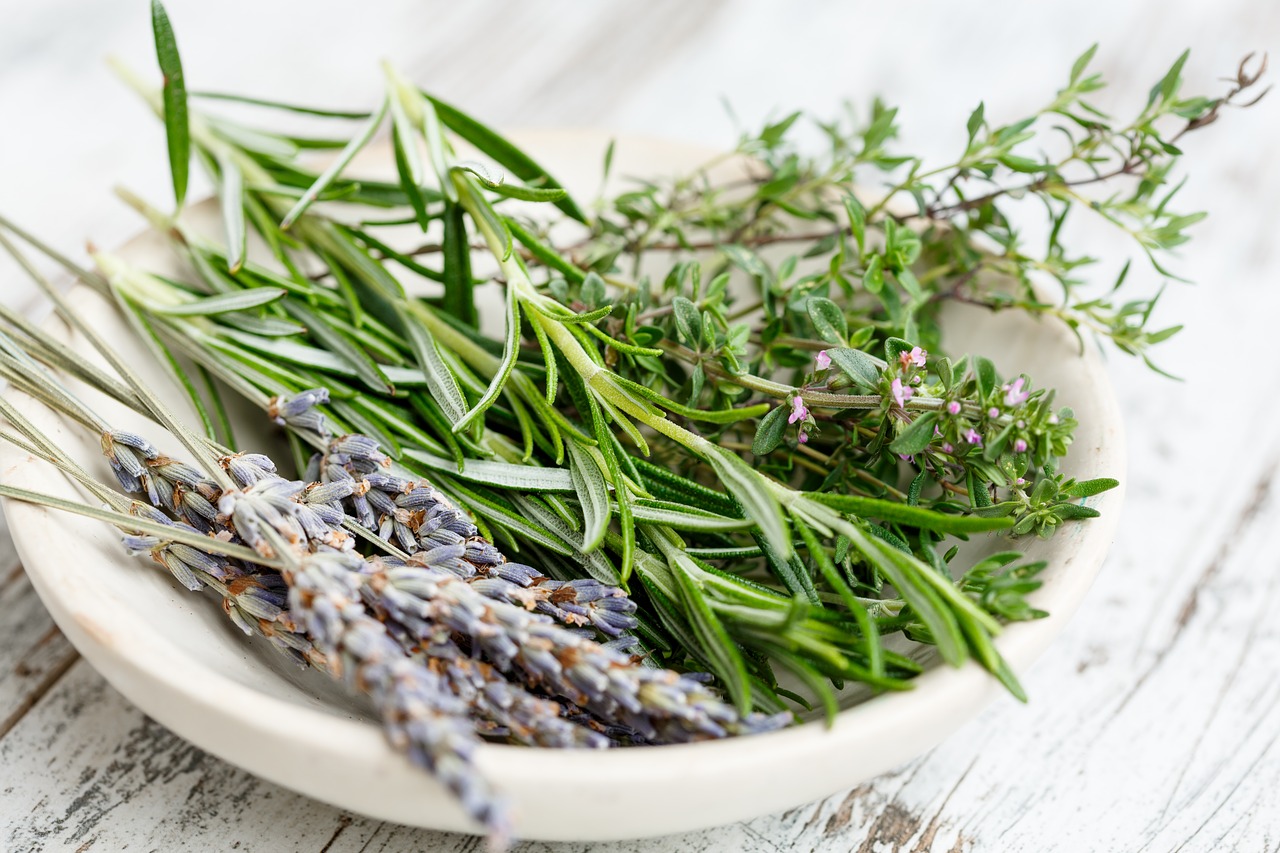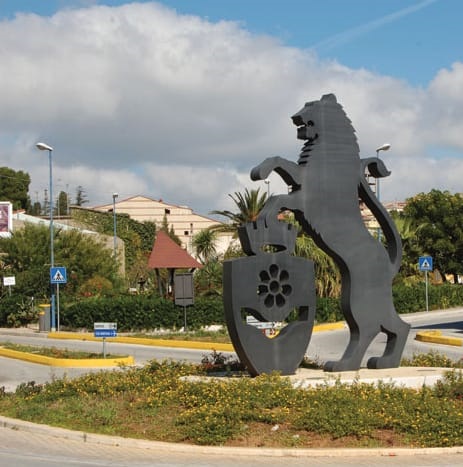It is said that Aesculapius, son of the god Apollo, had a small sick sheep that was healed after eating a wild herbs. So the men began to treat diseases with the parts of some plants and herbs, which they themselves collected and used.
While men devoted themselves to hunting and fishing, women gathered and learned to use these plants. With the simple help of leaves, twigs, herbs or roots, they prepared concoctions, infusions, herbal teas, syrups, creams, ointments, and oils.
Even the ancient Romans cultivated plants in their gardens and many of them, dried in herbaria, were used to prepare medicines.
In the Middle Ages, the monks deepened the study of plants to treat the sick in hospitals. It was during this period that the recipe books spread, booklets illustrating the preparation of the products, addressed to pharmacists, at the time called "speziali", since they sold spices (spezie), chopped and dried seedlings.
With scientific progress there has been a departure from the dependence on the countryside and the medicinal plants for a certain period have been neglected, in favour apparently of more effective and fast medicines.
Today there is a rediscovery of herbs and a return to nature: mankind is returning to collect and use them. Meanwhile there are centres where this wisdom has been handed down over the centuries and where you can learn the art of herbalism and one of these is located in Fara in Sabina.
The monastery of the Clarisse Eremite (Poor Clares) of Fara in Sabina, near Rieti, located in the historic Castle, is spiritually far from the noise of the modern world. There is a natural as well as inner silence: an immense treasure and a source of regeneration that we all possess, to which it is difficult to approach, immersed as we are in the frenzy of everyday life.
In this monastery, hermits live in a special atmosphere outside the life of the community. And it is precisely in this atmosphere of silence and meditation that the sisters of the monastery decided to pay homage to the therapeutic power of plants through the celebration of Saint Hildegard of Bingen.
Hildegard was a German religious and naturalist nun born in 1098 and declared a saint in 2012. Besides a great work of classification of plants, she was famous for her visions "visions not of the heart or of the mind, but of the soul", as she defined. She founded abbeys, writing philosophy, music, poetry and created one of the first 'artificial languages', the Unknown Language, which had 23 new characters and was used for mystical purposes.
Going through various lectures from the life of the Saint, famous also for her herbal knowledge, you will have the opportunity to deepen the link to plants such as Virtutes, source of well-being.
The day at the monastery includes a lunch based on the medieval "herbalist" recipes of Saint Hildegard and aims to highlight the monastic tradition of the use of plants for medicinal purposes.
It is therefore an ad hoc event, almost unrepeatable, which has aroused substantial interest and is enjoying considerable success.
Immersed in an atmosphere that takes us back in time and allows us to participate in "celebrations" which are not easy to find. In summary, it is little use to complicate life by seeking alternative remedies when nature proposes them to be natural.








Follow us